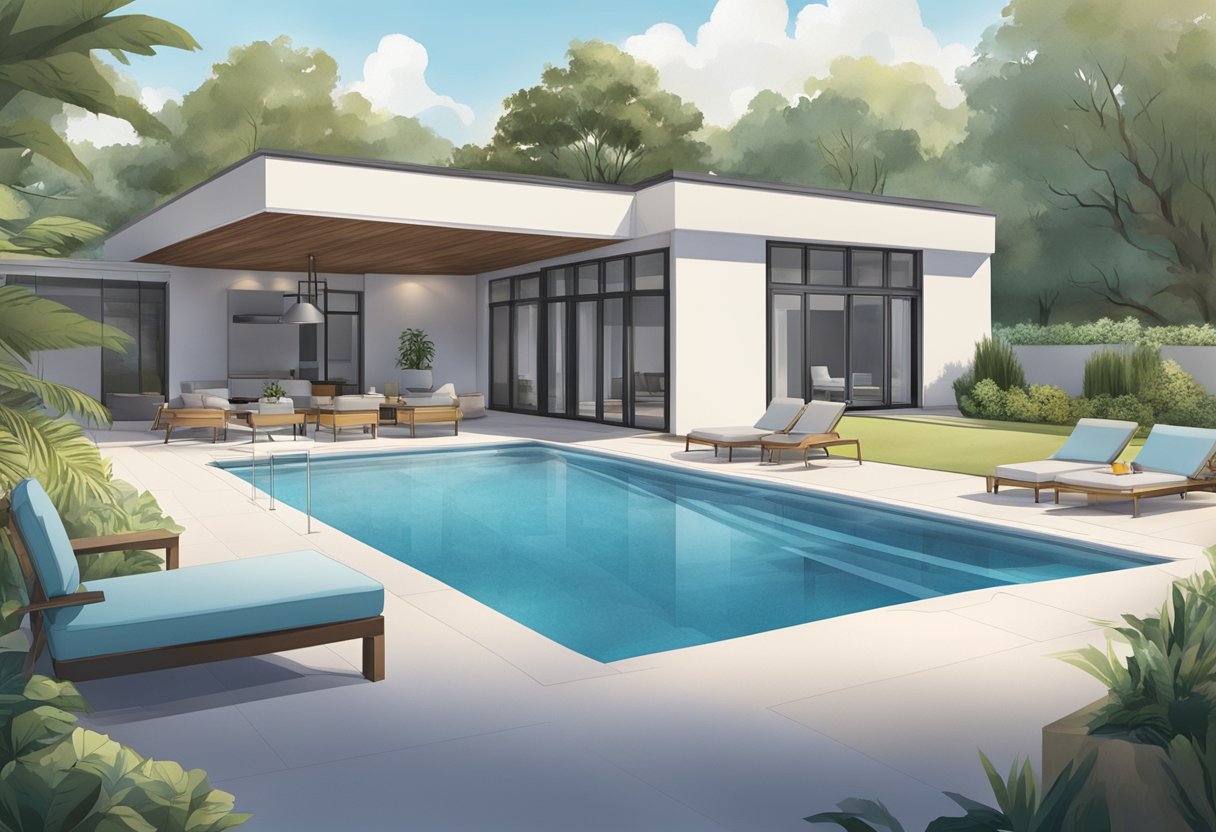Designing a huge home is an exciting trip loaded with possibilities. To take advantage of your large area,it’s essential to pick the right seating choices. In this write-up,we’ll dive into the world of sofas,from the traditional 2-seater,3-seater,and also 4-seater layouts to the versatile corner sofas. We’ll discover just how these various alternatives can transform your grand home right into a sanctuary of comfort,style,and also performance. Find your next sofa online at www.sofaauction.co.uk.
1. Comfortable Discussions: The 2-Seater Sofa
The 2-seater sofa is a flexible option that serves as an anchor for intimate conversations. Its small dimension makes it ideal for producing relaxing nooks within your spacious living-room. Whether placed near a fireplace,by a large home window with a view,or in a peaceful corner,the 2-seater sofa uses a comfortable place for tête-à-têtes and peaceful analysis. Think about upholstered options for added convenience,or sleek,minimalist styles to preserve an open feeling in the area.
2. Space for All: The 3-Seater Sofa
The 3-seater sofa incorporates comfort with flexibility. It gives adequate seats space for individuals and even a couple of guests,making it a superb choice for larger celebrations. Position it as a focal point in your living area to develop a social hub for film evenings,game days,or laid-back lounging. Opt for a sectional or modular 3-seater sofa for added versatility,permitting you to adjust it to different seating arrangements as required. Uncover the best 2,and 3-seater sofas online at www.livingroom-sofas.com.
3. Magnificence as well as Sophistication: The 4-Seater Sofa
When your space can fit grandeur,the 4-seater sofa makes a statement. With its charitable seating capacity,this sofa is ideal for organizing large gatherings or developing an extravagant and inviting atmosphere. A 4-seater sofa can work as the anchor of your living room,radiating beauty as well as comfort. Take into consideration styles with deep pillows and plush upholstery for a touch of opulence,and pair it with corresponding accent chairs for an all-round seats plan.
4. Cornering Comfort: The Versatile Corner Sofa
Corner sofas are the embodiment of versatility and design. These modular layouts can be customized to fit your space completely. Whether you require an expansive L-shaped sofa or a U-shaped arrangement,corner sofas can adapt to your demands. They take full advantage of seating ability while optimizing the use of corner spaces,making certain no square video footage goes to waste. Consider choosing a corner sofa with built-in storage space or a pull-out bed for included performance in your grand living area.
Selecting the Right Mix
Picking the optimal mix of 2-seater,3-seater,4-seater sofas,and also corner sofas for your grand space involves a cautious balance between aesthetics and performance. Consider the area’s format,the circulation of foot website traffic,and your seating requires when making your options. To create a cohesive look,guarantee that the numerous sofa layouts share common elements,such as products,shades,or layout concepts. incorporate accent pillows as well as tosses to add individuality as well as cohesiveness to your seating arrangement. Visit www.sofasandsofabeds.co.uk for great sofas and sofabeds online.
Conclusion: Producing a Grand Living Experience
In conclusion,the world of sofas provides a broad range of alternatives to enhance your grand home. The selection in between 2-seater,3-seater,4-seater sofas,as well as corner sofas allows you to curate a seating plan that matches your way of life and design choices. Whether you focus on intimate conversations,sizable gatherings,or versatile seating solutions,there’s a sofa configuration that can transform your large living area right into a grand and welcoming sanctuary of comfort and also style.

